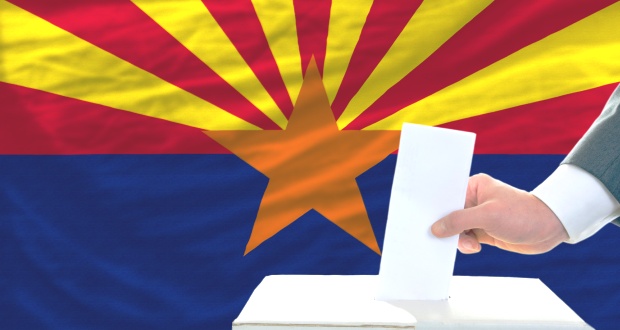The 20th century brought the advent of publicly available vaccines for a variety of deadly diseases, improving the quality of life and the life expectancy of most Americans. Polio is no longer the dreaded scourge that parents feared and something once as common as chicken pox has become a story grandparents tell about why they have a scar here or there. But the other major advancement in vaccines is that they are not just for children anymore. That’s why, in the 21st century, it’s important for Congress to evaluate adding additional vaccine coverage to Medicare Part B in this session.
Adults, specifically those over 65, are at a higher risk for increased complications from vaccine preventable diseases. Take Shingles for example, about half of all the cases reported are in adults over the age of 65. In seniors this likely means a risk of hospitalization due to the greatly increased possibility of blindness, loss of hearing, or stroke. There’s a vaccine to prevent Shingles but it isn’t covered in Medicare Part B. For those unfamiliar with Medicare, Part B is Medicare to cover just medically necessary services, but not all medically indicated services such as many of the recommended vaccines for adults. If you want better coverage – it will cost you more for Part D but even then, vaccines have a hefty co-pay, up to $225 per dose! That’s sticker shock to many on limited incomes and prevents them from being covered against known, serious health risks.
As an independent pharmacist part of my healthcare practice is providing vaccines, I administer approximately 200 doses a week covering six different diseases. These patients know me, I know them. I know what medications they take and their risk factors for complications from vaccine preventable diseases. They know they can come into my pharmacy when it’s convenient for them, without an appointment or doctor visit co-pay, and get the vaccine they want, when they want it. This two-way relationship works to provide affordable, easy access that removes obstacles to getting vaccines and threats to their health while meeting the broader needs of the patient.
Visiting assisted living centers to administer vaccines is also a part of my practice. For these folks it is highly convenient and cost-effective, as it eliminates both the doctor’s office co-pay and the need to arrange transportation to receive the vaccine, since I come to them. The problem is, if a patient has purchased Medicare Part D – and not all do – there are many different Medicare Part D providers with different levels of coverage and co-pays. This system creates a maze of confusion with no way of knowing what is covered or how much it will cost the patient, causing many folks to go without vaccines that could prevent serious, even life-threatening, illnesses that are prevalent in their age group.
It’s easy to see how Medicare presents serious obstacles to better, and less costly, health care for seniors when discussing vaccines. The heavy price tag due to the lack of vaccine coverage in Medicare Part B adds to high costs, confusion and hesitancy. That’s where Medicare is short-sighted and needs revisions.
Like no other time in recent history has the impact of vaccines played a fundamental role in protecting the health and wellness of so many. Americans are very familiar with “baby shots” and the boosters children receive to stave off deadly diseases that were once common causes of childhood deaths. But, until the appearance of COVID many adults in America didn’t give much thought to vaccines, other than maybe the flu shot. With over 60% of the adult population of Arizona vaccinated against COVID, that dynamic has completely changed. Now, Congress has a chance to make much-need revisions to Medicare Part B by adding coverage for all recommended vaccines and should act immediately to bring VACCINE coverage under Medicare into the 21st century.
Ken Patel, RPh, is the owner of Rightway Pharmacy located in Sun City, Arizona and is also an Adjunct Assistant Professor of Pharmacy Practice at Midwestern College of Pharmacy. Mr. Patel opened his pharmacy in 2014 and takes a very active role in improving the health of his community.





































